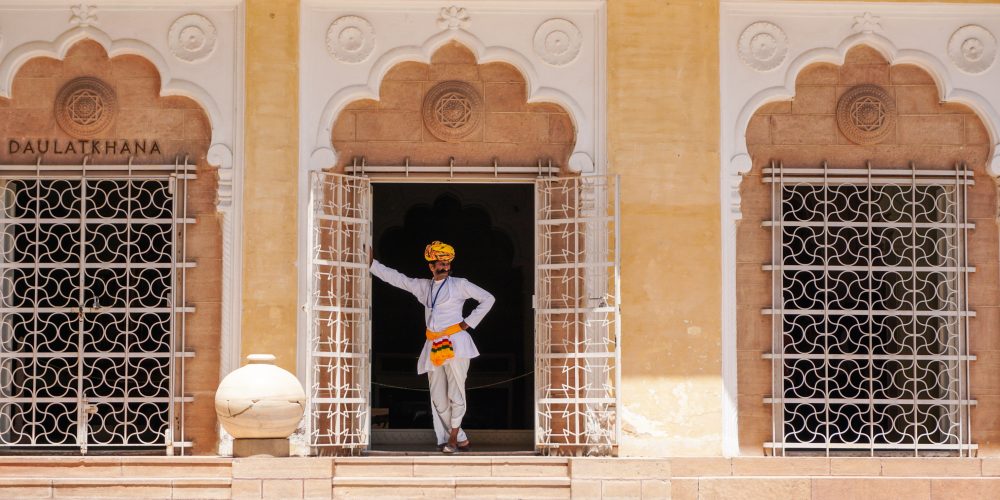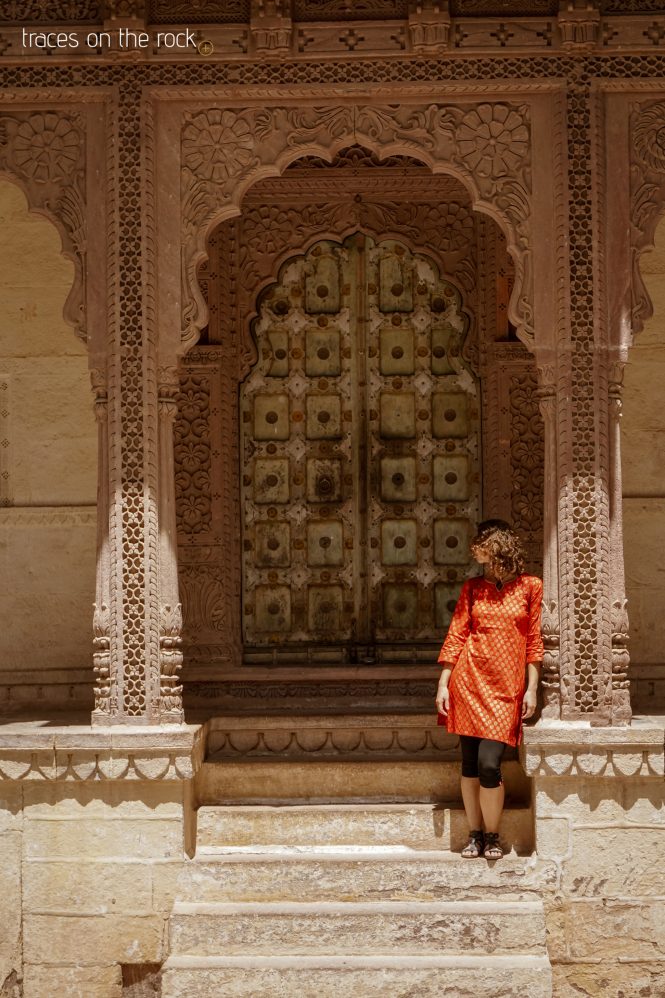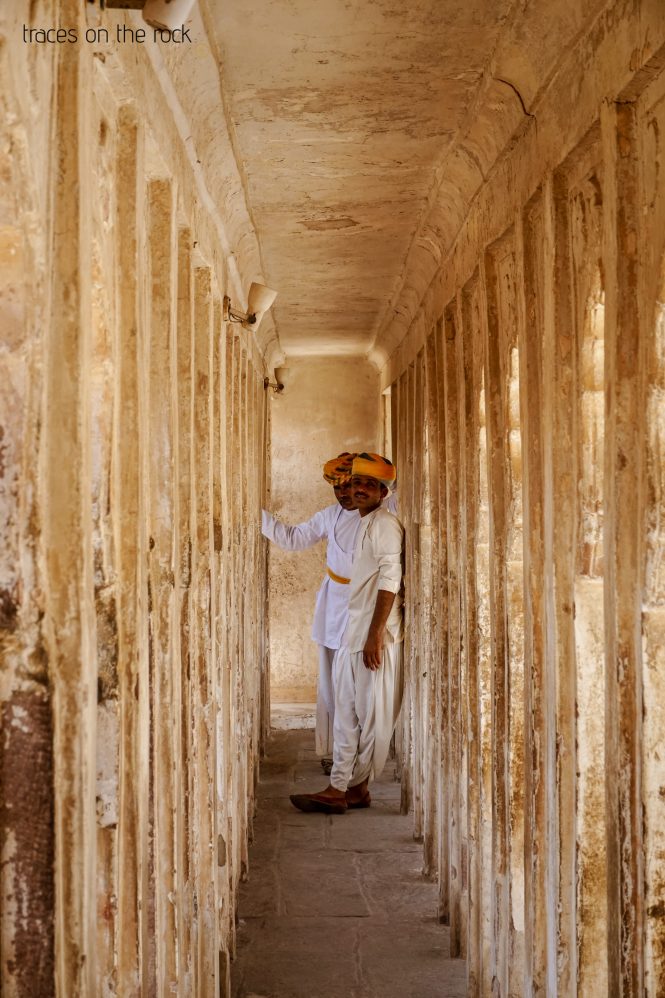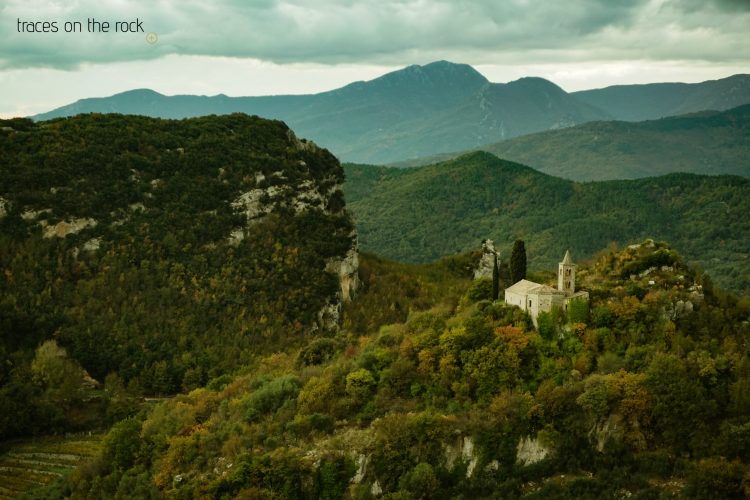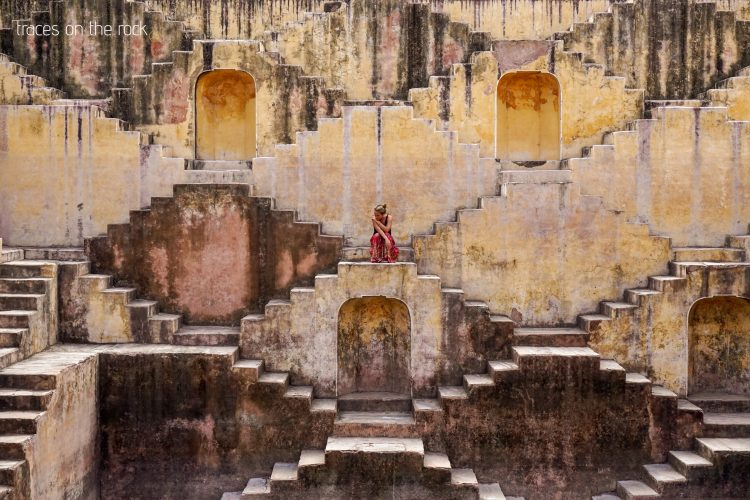Jodhpur, the blue city of Rajasthan, is on the list of cities that became famous for their colors. The city got its name from the innumerable blue painted houses. In the past, only the Brahmin caste was allowed to paint their houses blue.
The Indian caste system
The Brahmins belong to the highest caste in the Indian caste system (Varna: literally color). The Brahmins traditionally include the intellectual elite, teachers of the religious scriptures of Hinduism (Veda) and priests. The Brahmins are assigned the color white and are associated with purity and clarity. In the classic caste system there are 3 more “colors”:
- the warrior caste of the Kshatriyas (red).
- the Vaishaya (yellow), traditionally farmers and merchants
- The Shudras (black), servants, servants and day laborers.
In addition, there are the so-called “untouchables”, also called Dalits, Paria or Harijans, who are outside the Varna system. In Hinduism the Dalits are considered impure and therefore have to struggle with restrictions or exclusion in many areas of society – even today.
Blue symbolism
Blue has acquired specific symbolism in many areas over the centuries. The Egyptians associated the female with the depths of blue water, while the sky was assigned to the male. The color blue is also associated with eternity and the color of the divine: Amun (Egyptian), Zeus (Greek), Jupiter (Roman), Vishnu (Indian), and Krishna (Indian), holy mother (Catholic).
The cost of producing blue color pigments was certainly also a reason that blue became more of a royal color and was reserved only for the ruling classes or the religions. The first synthetic blue did not appear until around 1704 as a by-product in the production of an immortality potion: the famous Prussian blue (ferric ferrocyanide). Synthetic ultramarine was first produced in 1828.
Blue in architecture
In China, the color blue can be found especially in temples. There are blue mosques in Turkey, Egypt, Armenia, or Iran, among others. In Islam, turquoise and blue are symbols that protect against evil. The blue domes on the famous Greek island of Santorini pay homage to the Virgin Mary.
The custom of painting the Brahmin houses in Jodhpur blue dates back from the 16th century. It allowed the Maharaja to instantly recognize the Brahmin houses from the Mehrangarh Fortress, which still belongs to the royal family. To date, this restriction is no longer so restrictive.
Tribute to Lord Rama
The seventh incarnation of Vishnu, one of the Hindu gods, is Rama (also Ram or Ramachandra), who is also depicted with blue skin. In his honor, the entire city celebrated his birthday (Ram Navami). An infinitely long and loud pageant pushed through the narrow shopping streets.
Saber-swinging Indians led the pageant. We got a shady spot in the ranks of women who were ‘degraded’ to watch unless they were sitting on one of the countless moving cars on which children in Lord Rama costumes posed rigidly and silently and were given a breath of air.
Every second car was led by museum-ready tractors, so that our eyes watered from the exhaust fumes. Our highlight, however, was our personal governess. An elderly lady defended us with extreme vehemence against the attacks of the young people who wanted to drag us onto the street to dance with them behind their cars which with musical reinforcement. Around 50 cars of the parade were equipped with loudspeakers. The cars drove so close together that the music became a deafening musical potpourri. Only boys and men danced. It reminded me of the origins of the Love Parade. The nice Indian lady defended our honor around 3 hours, hissed at the pack, waved her arms, and protected us from intrusive access as soon as someone approached. We were very grateful for this helpfulness and friendly gesture.

